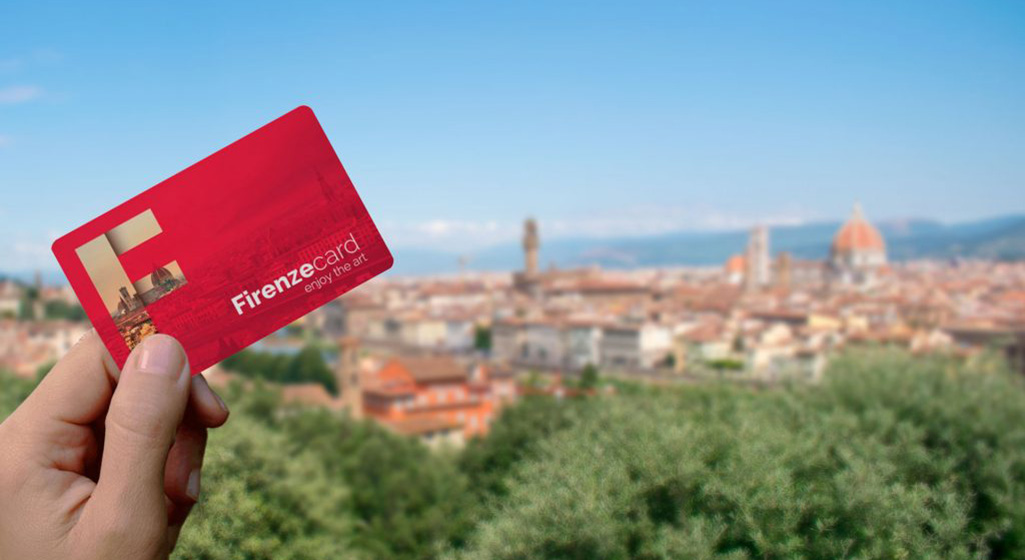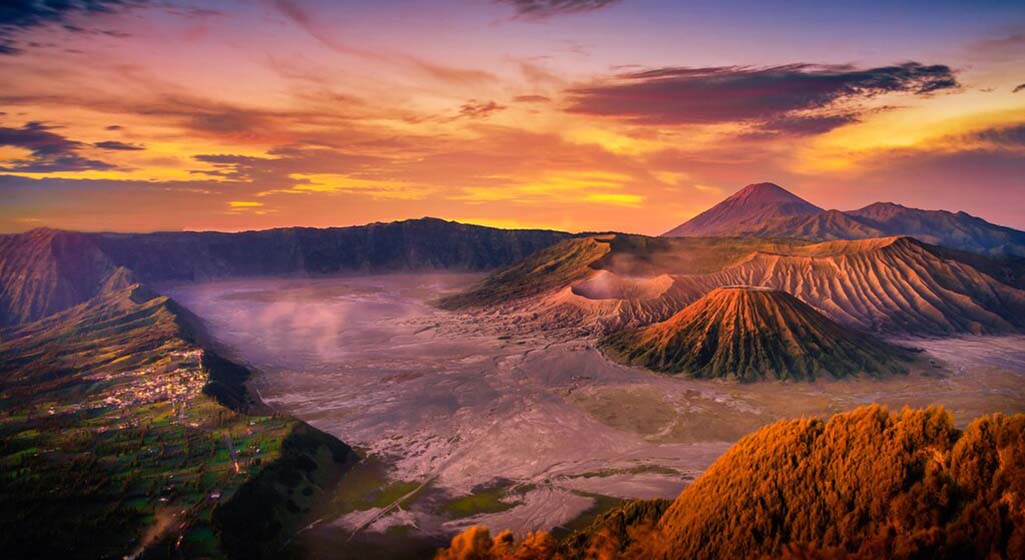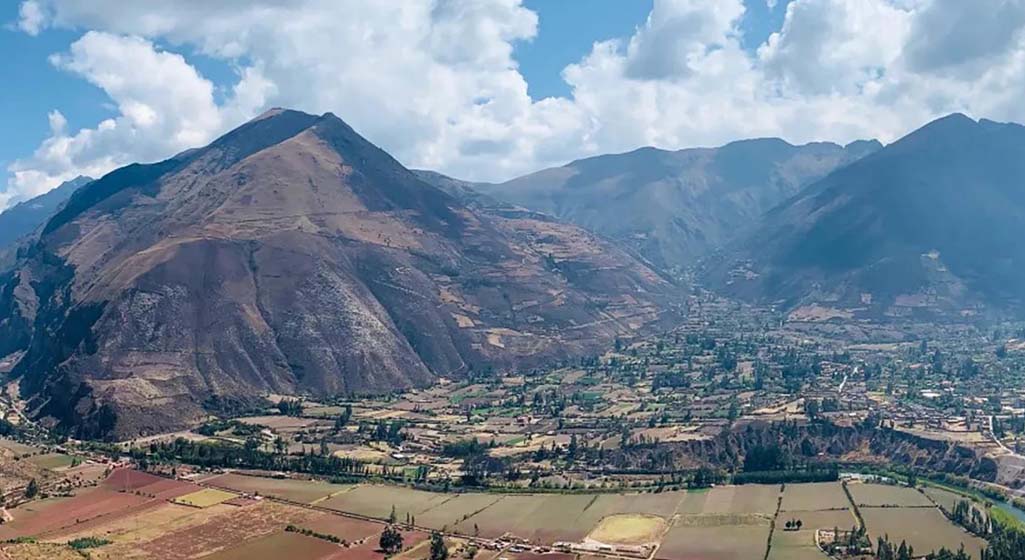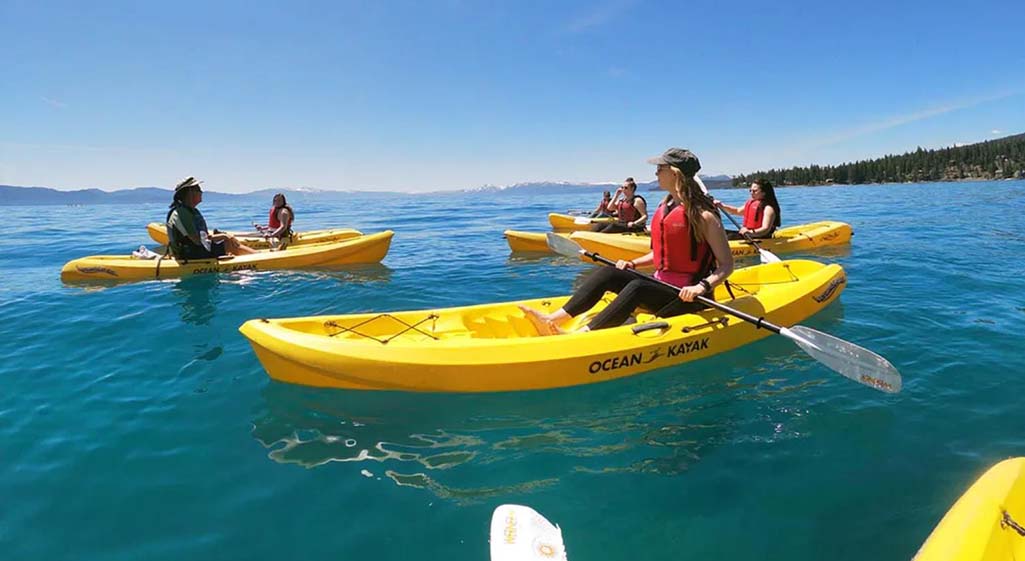Florence (Firenze), a city that bears the glorious legacy of the Renaissance, captivates visitors from all over the world with its rich artistic treasures, profound cultural heritage, and enchanting Tuscan scenery. Whether you’re an art lover, a history enthusiast, an architecture buff, or a culinary explorer, Florence offers an experience beyond imagination. However, when facing this convergence of art and history, how can travelers make the most of their time, avoid tourist traps, and bypass the crowds? This is a common concern for every traveler.
1. Pre-Trip Preparation: A Solid Foundation Determines the Quality of Travel
1.1 Best Time to Visit
Florence is charming year-round, with each season offering its own unique vibe. However, the optimal times to visit are spring (April to June) and autumn (September to October). During these months, the temperatures are mild—perfect for walking tours—and the light is ideal for photography. Additionally, these shoulder seasons avoid the intense summer heat and the high density of tourists found in July and August. In early spring, you can catch blooming gardens, while in fall, the golden hues of Tuscan sunsets are unforgettable.
1.2 Visa and Insurance
Italy is part of the Schengen Area, so travelers from many countries will need to apply for a Schengen visa, which allows for stays of up to 90 days within a 180-day period. Be sure to start your visa application at least a month in advance. Travel insurance is highly recommended—it should include comprehensive coverage for medical emergencies, trip cancellations, lost luggage, and even COVID-related disruptions. Some embassies require proof of insurance when applying for a visa, so double-check the consulate’s checklist.
1.3 Packing Checklist
Florence involves a lot of walking—think cobbled streets, narrow alleys, and hills—so comfortable walking shoes are a must. Seasonal clothing is key: spring and autumn call for layers and a light waterproof jacket, summer demands breathable fabrics and sun hats, and winter may require warmer coats and scarves. Don’t forget a European plug adapter (Type C/L for Italy), a universal charger, reusable water bottle, basic medicine (especially for allergies or digestion), and a translation or offline map app. A small backpack is also useful for daily explorations.
1.4 Accommodation
The best way to experience Florence is to stay within the historic center, where most of the major sights are within walking distance. Areas near the Duomo, Piazza della Signoria, and Piazza Santa Croce are particularly convenient and atmospheric. Accommodations range from boutique hotels and B&Bs in centuries-old buildings to modern apartments and budget hostels. Booking early is crucial, especially during peak tourist seasons, festivals, and holidays like Easter and Florence’s local celebrations.
2. Itinerary Planning: Smart Route Management for Each Day
2.1 Create a Day-by-Day Plan
To make the most of your time, organize your days based on geography and interest to avoid backtracking. For instance:
- Day 1: Focus on the heart of Florence—the Duomo complex, Giotto’s Bell Tower, the Baptistery, and nearby Piazza della Signoria. This area is best explored on foot, soaking in the architectural details.
- Day 2: Dedicate this day to art—visit the Uffizi Gallery and Accademia Gallery in the morning, and perhaps the Bargello Museum or Museo dell’Opera del Duomo in the afternoon.
- Day 3: Head slightly outward to scenic spots like Piazzale Michelangelo, the tranquil Boboli Gardens, and the grand Pitti Palace. End your day with a riverside walk or sunset photo session.
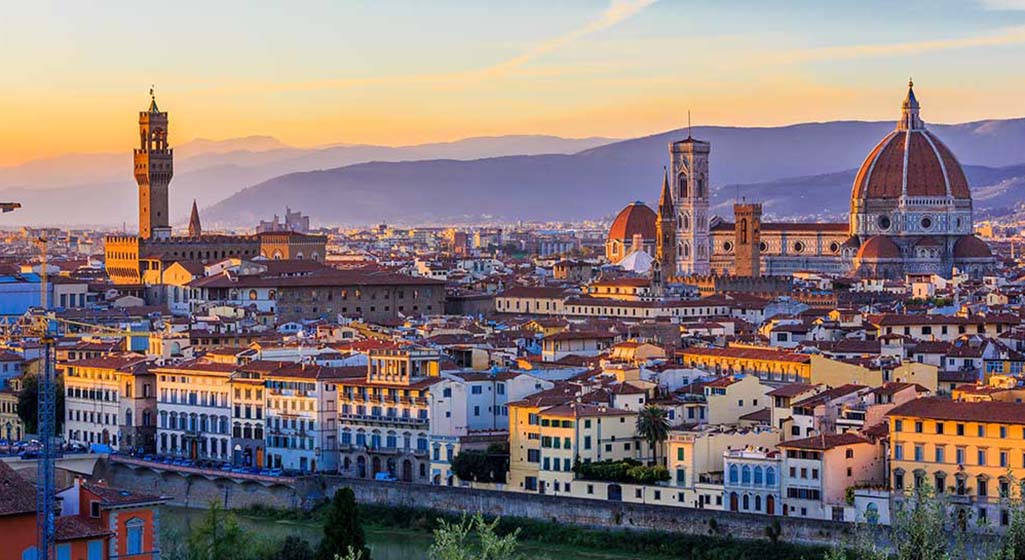
2.2 Booking Tickets in Advance
Florence’s top attractions, particularly the Uffizi and Accademia Galleries, often have long lines and limited daily entry. Booking tickets online in advance not only saves time but guarantees access—especially during high season. Consider getting the Firenze Card, which grants skip-the-line access to over 70 museums and lasts 72 hours from first use. Some guided tours also offer early access or special after-hours visits, which are ideal for a deeper experience and fewer crowds.
2.3 Avoiding Peak Hours
To truly enjoy Florence’s cultural gems, timing is everything. Early mornings (around 8–9 a.m.) or late afternoons (after 4 p.m.) are ideal for visiting popular spots. Midday tends to be busiest, especially in high season. Try to visit major landmarks mid-week, as weekends attract more tourists and locals. Rainy days and colder months can be a hidden blessing: attractions are quieter, and the moody Renaissance streets take on a romantic, cinematic atmosphere—perfect for photographers and introspective travelers alike.
3. Must-See Attractions: The Classics You Shouldn’t Miss
3.1 Cathedral of Santa Maria del Fiore
Florence’s iconic symbol, this cathedral is a masterpiece of Gothic and Renaissance architecture. The red-tiled dome, designed by Brunelleschi, dominates the city skyline and is a marvel of engineering. Climbing the 463 steps to the top rewards you with a breathtaking 360-degree view of Florence. Inside, the massive fresco of the Last Judgment by Vasari and Zuccari on the dome ceiling stuns visitors with its scale and detail.
3.2 Uffizi Gallery
One of the world’s most important art museums, the Uffizi Gallery is a paradise for art lovers. Housed in a Renaissance palace designed by Giorgio Vasari, the museum holds an unparalleled collection of works from the 13th to the 18th centuries. Highlights include Botticelli’s “The Birth of Venus” and “Primavera,” Leonardo da Vinci’s “Annunciation,” and Caravaggio’s dramatic “Medusa.” The layout follows a chronological order, making it easy to witness the evolution of artistic styles.
3.3 Accademia Gallery
Home to Michelangelo’s iconic “David,” the Accademia Gallery allows you to see one of the greatest sculptures in human history up close. Carved from a single block of Carrara marble, David is not only a symbol of Florence but also of human strength and beauty. The museum also houses Michelangelo’s unfinished “Prisoners,” which give insight into his creative process.
3.4 Palazzo Vecchio & Arno River
Palazzo Vecchio, with its fortress-like facade and high bell tower, has been the symbol of political power in Florence for centuries. Today, it functions as both a museum and the city hall. Step inside to admire the magnificent Hall of the Five Hundred, adorned with frescoes by Vasari.
3.5 Piazzale Michelangelo
Located on a hill just south of the historic center, Piazzale Michelangelo offers the best panoramic views of Florence. It’s a favorite spot for both tourists and locals to watch the sun set behind the Tuscan hills while the city glows below. A bronze replica of Michelangelo’s David stands in the center of the square.
3.6 Boboli Gardens & Pitti Palace
Behind the imposing facade of the Pitti Palace lies the vast Boboli Gardens, a quintessential example of Italian Renaissance landscape design. Once the private grounds of the Medici family, the gardens feature elegant fountains, mythological statues, grottos, and perfectly manicured pathways.
4. Food Adventures: A Culinary Journey from Florentine Steak to Gelato
4.1 Authentic Florentine Cuisine
Don’t miss the Bistecca alla Fiorentina (Florentine steak), Crostini Toscani (liver pâté on toast), and Ribollita (Tuscan vegetable soup).
4.2 Dining Tips and Recommendations
The historic center is filled with high-rated restaurants like Trattoria ZaZa and Osteria Vini e Vecchi Sapori. Reserve ahead and check opening hours. Lunch hours are short; dinner usually starts after 7 p.m.
4.3 Must-Try Gelato Shops
Florence is one of the birthplaces of Italian gelato. Top picks include Vivoli, Gelateria dei Neri, and La Carraia, known for authentic handmade treats.
5. Shopping and Souvenirs: Enjoy the Shopping Vibes in an Artistic Capital
5.1 Leather Goods
Florence is famous for quality leather. Check out the San Lorenzo Market or Scuola del Cuoio for handmade leather bags and wallets.
5.2 Local Brands and Designer Stores
Via Tornabuoni is home to Italy’s luxury brands. In the alleyways, you’ll also find unique local designer boutiques full of creativity and personality.
5.3 Souvenir Ideas
Beyond postcards and magnets, consider art reproductions, small sculptures, and Florentine paper crafts for meaningful mementos.
6. Culture and Etiquette: Blending in With Local Life
6.1 Dress Code for Religious Sites
Dress modestly when visiting churches—no sleeveless tops or shorts. Some churches offer shawls for visitors.
6.2 Dining and Payment Customs
Meals are served late in Italy. Bills often include a “Coperto” (cover charge), so tipping is not required, though small change is appreciated for good service.
6.3 Interacting with Locals
Learn a few basic Italian phrases like “Buongiorno” (Good morning) and “Grazie” (Thank you). Italians are warm and friendly, and initiating a conversation is welcomed.

7. Language and Transportation: Easy Communication, Smooth Travel
7.1 English Proficiency
English is widely spoken at major attractions and hotels, but less so in small shops and restaurants. Download a translation app like Google Translate.
7.2 Getting Around in Florence
The old town is mostly pedestrian-friendly, so wear comfortable shoes. Use the ATAF bus system for local transport. Taxis are expensive and Uber is limited.
7.3 Day Trips from Florence
Florence is well-connected to Tuscan towns like Pisa, Siena, and Lucca—perfect for day trips by train or tour bus.
8. Safety and Useful Tips: Travel With Peace of Mind
8.1 Beware of Pickpockets and Scams
Keep your valuables safe in crowded areas. Be cautious around overly friendly vendors or street performers.
8.2 Emergency Numbers
Italy’s emergency numbers: police (112), medical emergencies (118). Save them in your phone in case of need.
8.3 Internet and Mobile Access
Most hotels and cafes offer Wi-Fi. Alternatively, purchase a local SIM card or rent a pocket Wi-Fi for stable connectivity.
Travel Mindfully and Embrace the Spirit of the Renaissance
Florence is not just a city—it’s a journey through time. From Michelangelo’s sculptures to the masterpieces at the Uffizi Gallery, every corner of this city tells the story of human brilliance.
